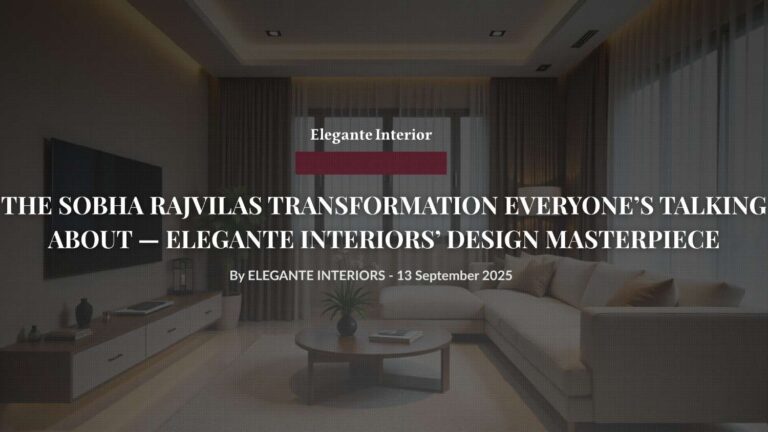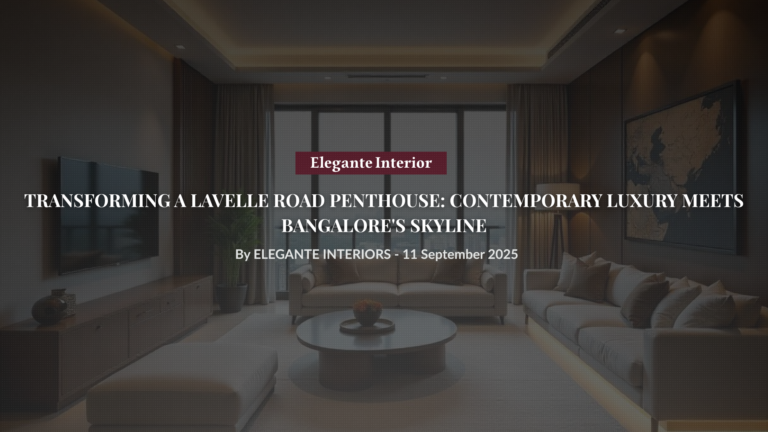A well-designed wardrobe is the backbone of an organized and stylish bedroom. Whether you’re renovating or designing a new space, choosing the right wardrobe design can transform your storage experience. From sleek sliding door wardrobes to luxurious walk-in closets, the perfect wardrobe combines functionality, durability, and aesthetics.
In this ultimate wardrobe design guide, we’ll cover:
✔ 7 trending wardrobe designs (with pros & cons)
✔ Best materials for longevity and style
✔ Smart storage solutions for small bedrooms
✔ Expert-recommended tips for maximizing space
Let’s dive into the world of wardrobe design and find your perfect match!
Why Wardrobe Design Matters
Your wardrobe impacts more than just storage—it enhances your bedroom’s functionality and visual appeal. Here’s why the right wardrobe design is crucial:
✅ Optimizes Space – Smart layouts prevent clutter, especially in small bedrooms.
✅ Enhances Aesthetics – A stylish wardrobe elevates your bedroom’s interior design.
✅ Improves Accessibility – Well-planned compartments make daily use effortless.
✅ Increases Home Value – A high-quality wardrobe adds long-term value to your property.
Whether you prefer modern minimalism or classic elegance, the right wardrobe design makes all the difference.
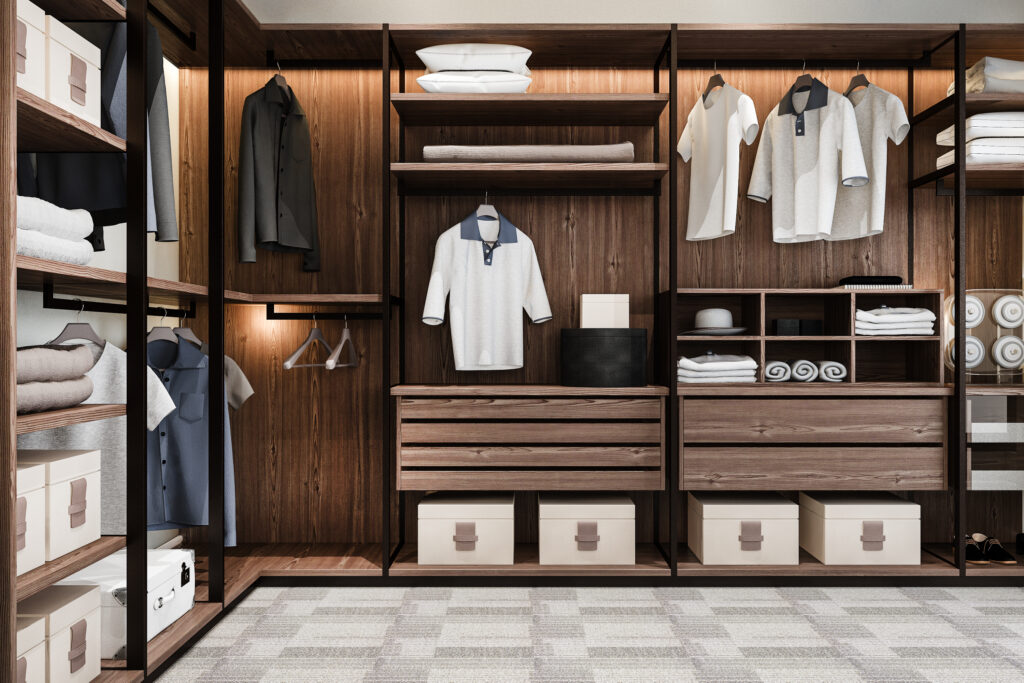
Best Wardrobe Designs for Your Bedroom
1. Sliding Door Wardrobes
Best for: Small bedrooms, modern interiors
Durability: High (with toughened glass or laminated MDF)
Sliding door wardrobes are a space-saving wardrobe design, perfect for compact rooms. They glide smoothly on tracks, eliminating the need for extra swing space.
Pros:
✔ Saves floor space
✔ Modern and sleek appearance
✔ Available in mirrored, glass, or wood finishes
Cons:
✖ Limited access to hanging sections
✖ Requires high-quality tracks for smooth operation
Material Recommendations:
Mirror Panels – Creates an illusion of space
Laminated MDF – Affordable and scratch-resistant
Tempered Glass – Stylish and easy to clean
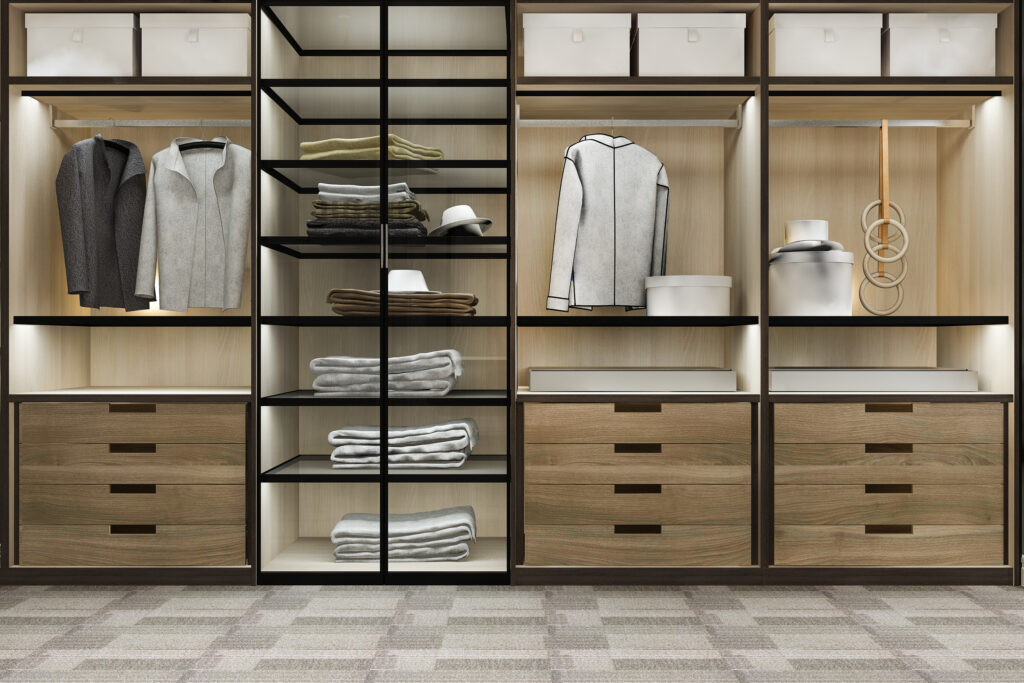
Choosing the Right Wardrobe Material
The material you choose affects durability, maintenance, and style. Here’s a quick comparison:
| Material | Best For | Pros | Cons |
| Laminated MDF | Budget-friendly designs | Lightweight, customizable | Less durable than solid wood |
| Solid Wood | Classic, luxury wardrobes | Long-lasting, elegant | Expensive, heavy |
| Tempered Glass | Modern, minimalist styles | Sleek, easy to clean | Shows fingerprints |
Expert Tip: For humid climates, opt for moisture-resistant laminates or engineered wood to prevent warping.
Wardrobe Organization Hacks
A great wardrobe design is useless without smart organization. Try these hacks:
- Modular Drawers – Ideal for folded clothes and accessories.
- Pull-Out Shoe Racks – Maximizes vertical space.
- LED Strip Lighting – Improves visibility in deep shelves.
- Hanging Organizers – Perfect for scarves, ties, and belts.
Expert Tips for Maximizing Space
✔ Go Floor-to-Ceiling – Utilizes every inch of vertical space.
✔ Use Adjustable Shelving – Customizable for seasonal storage.
✔ Opt for Sliding or Foldable Doors – Best for tight spaces.
✔ Incorporate Hidden Compartments – Great for jewelry and valuables.
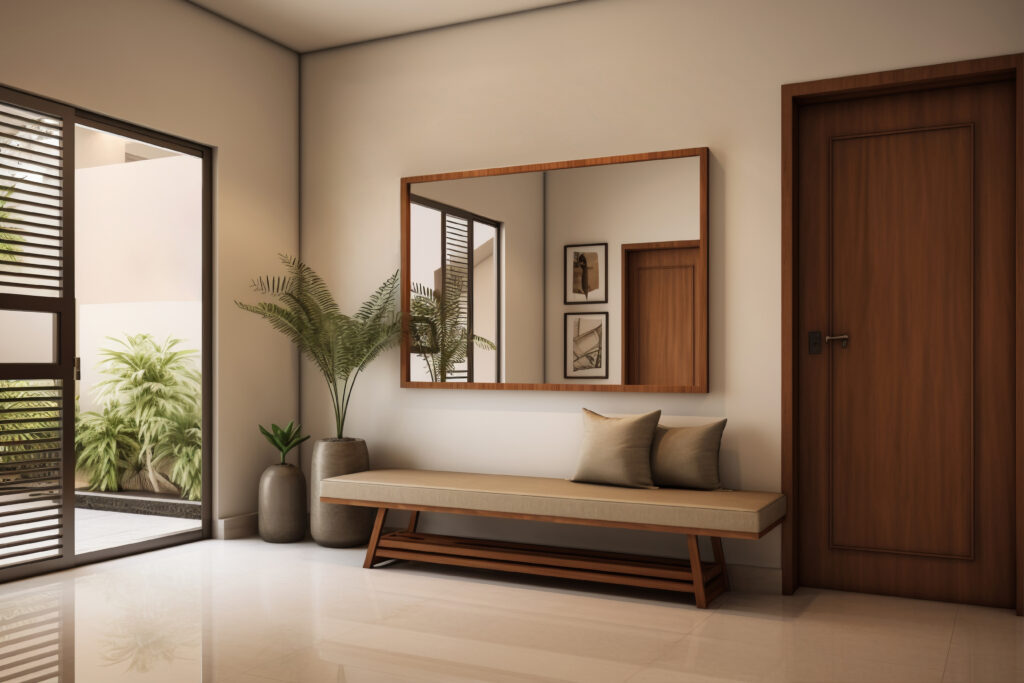
FAQs on Wardrobe Design
Q: What’s the best wardrobe design for a small bedroom?
A: Sliding door wardrobes or built-in wardrobes save the most space.
Q: Which wardrobe material is easiest to maintain?
A: Laminated MDF and tempered glass are low-maintenance options.
Q: Are walk-in wardrobes worth the investment?
A: Yes, if you have the space—they offer unmatched storage and luxury.
Final Thoughts
Your wardrobe design should balance functionality, style, and space efficiency. Whether you choose a sleek sliding wardrobe or a spacious walk-in closet, prioritize quality materials and smart organization.


